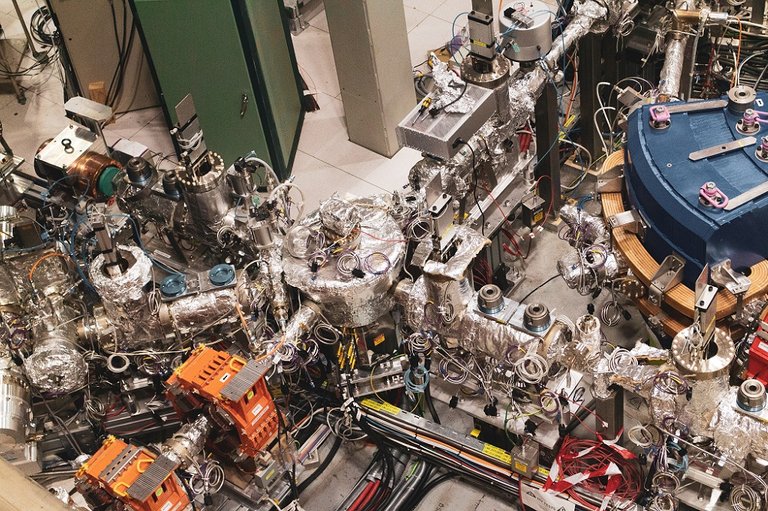The organization refuses Microsoft software and other commercial products. We discuss the reasons and talk about other companies that are switching to open source software.

The reasons?
For the past 20 years, CERN has used Microsoft products — an operating system, a cloud platform, Office suites, Skype, and others. However, an IT company denied the lab the status of an “academic organization” that allowed it to purchase software licenses at a discount.
It is worth noting that, from a formal point of view, CERN is really not an academic organization. The laboratory of nuclear research does not issue scientific titles. Plus, most of the scientists working on projects are officially employed in various world universities.
According to the new contract, the cost of Microsoft packages is calculated depending on the number of users. For a large non-profit organization such as CERN, the new method of calculation resulted in a very heavy amount. The cost of Microsoft applications for CERN has increased tenfold.
To solve the problem, the information department of CERN launched the initiative of The Microsoft Alternatives Project, or MALT. Despite the name, its goal is to abandon all commercial software solutions, and not just from the products of the IT giant. A complete list of applications that are planning to abandon is still unknown. However, the first thing to do in CERN will find a replacement for the e-mail service and Skype.
CERN representatives promise to tell more in mid-September. Progress can be monitored on the project website.

Why open source?
Moving to open source software at CERN, they want to avoid being tied to the application provider and have complete control over the data they collect. There are a lot of them - for example, three years ago CERN laid out in open access 300 TB of data generated by the Large Hadron Collider.
CERN already has experience with open source - some of the services for the LHC are written by laboratory engineers. The organization also actively participates in the development of the free software ecosystem. It has long supported the cloud platform for IaaS - OpenStack.
Until 2015, CERN engineers, together with specialists from Fermilab, were developing their own Linux distribution - Scientific Linux. He was a clone of Red Hat Enterprise Linux (RHEL). Later, the lab switched to CentOS, and Fermilab turned down the development of its distribution in May of this year.
Of the latest open source projects that CERN has been involved in, we can highlight the re-release of the very first WorldWideWeb browser. It was written by Tim Berners-Lee in 1990. Then he worked on the NeXTSTEP platform and was developed using Interface Builder. Most of the information was displayed in text format, but there were also images.
The browser emulator is available online. Sources can be found in the GitHub repository.
Engaged in CERN and open hardware. Back in 2011, the organization launched the Open Source Hardware initiative and, until today, it maintains the Open Hardware Repository repository. In it, enthusiasts can follow the development of the organization and take part in them.

An example of a project could be White Rabbit. Its participants create a switch to synchronize the transmitted data in complex Ethernet networks. The system supports thousands of nodes and can transmit data with high accuracy over fiber length of 10 km. The project is being actively updated and is used by large European research laboratories.
Who else goes to open source software?
At the beginning of the year, several major telecommunication providers, AT & T, Verizon, China Mobile and DTK, spoke about active work with open software. They are part of the LF Networking Foundation, which develops and promotes network projects.
For example, AT & T presented their system to work with ONAP virtual networks. It is gradually being introduced by other members of the fund. At the end of March, Ercisson showed a solution based on ONAP, which allows you to segment networks with a single click. It is expected that open solutions will help cellular operators to scan the new generation of mobile networks.
Switch to open source software and some UK universities. Half of the country's universities use open source solutions, including the Open University. Its educational processes are built on the platform of Moodle - a web application that provides the ability to create sites for online learning.
Gradually, an increasing number of educational institutions are starting to use the platform. And community members are convinced that soon most of the country's universities will be connected to it.
Thanks for the post! I enjoyed reading about CERN's Microsoft Alternatives program, and the examples you gave of other companies that are switching to Open Source were also interesting.
I have included a link to your article in my recent post, Science and technology micro-summaries for July 9, 2019, and set a beneficiary so that you will get 5% of the rewards when that post closes.